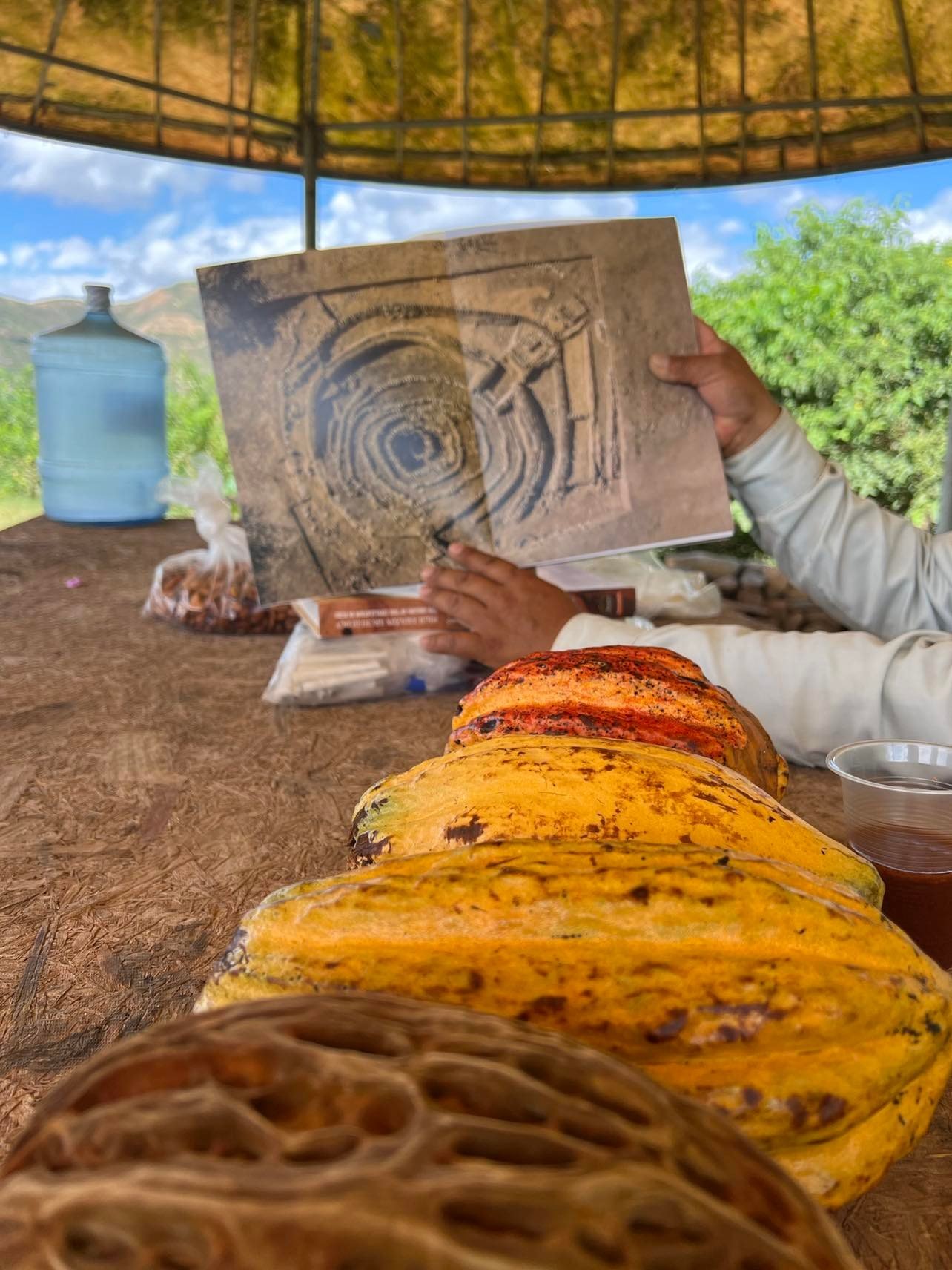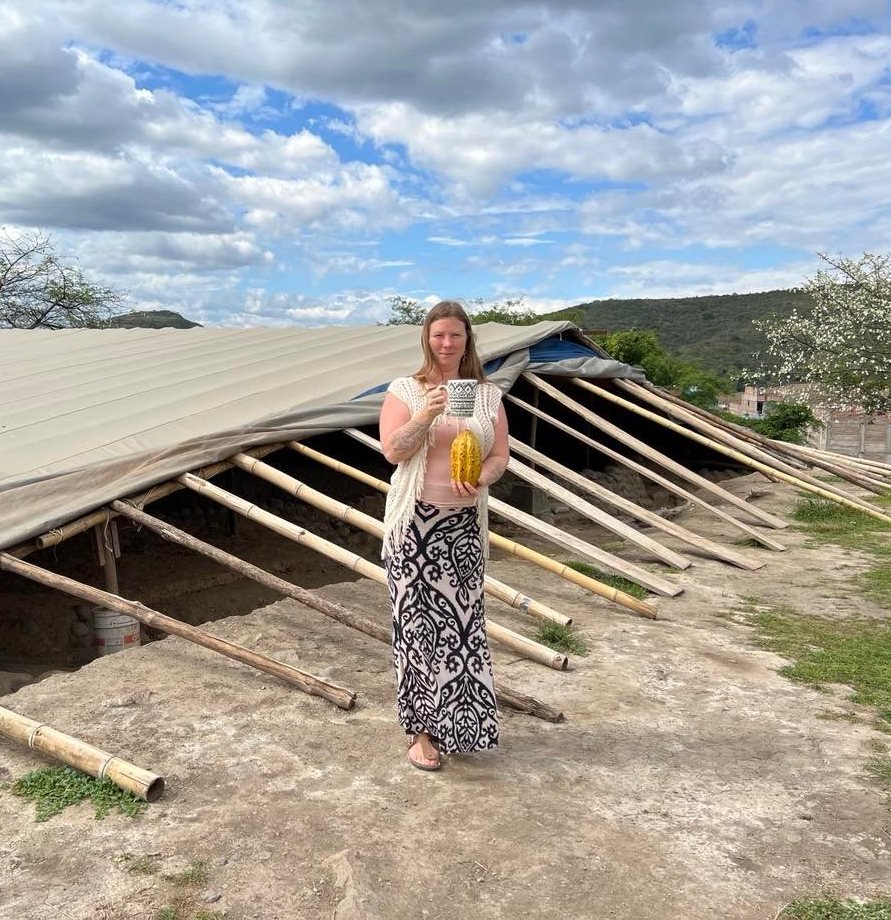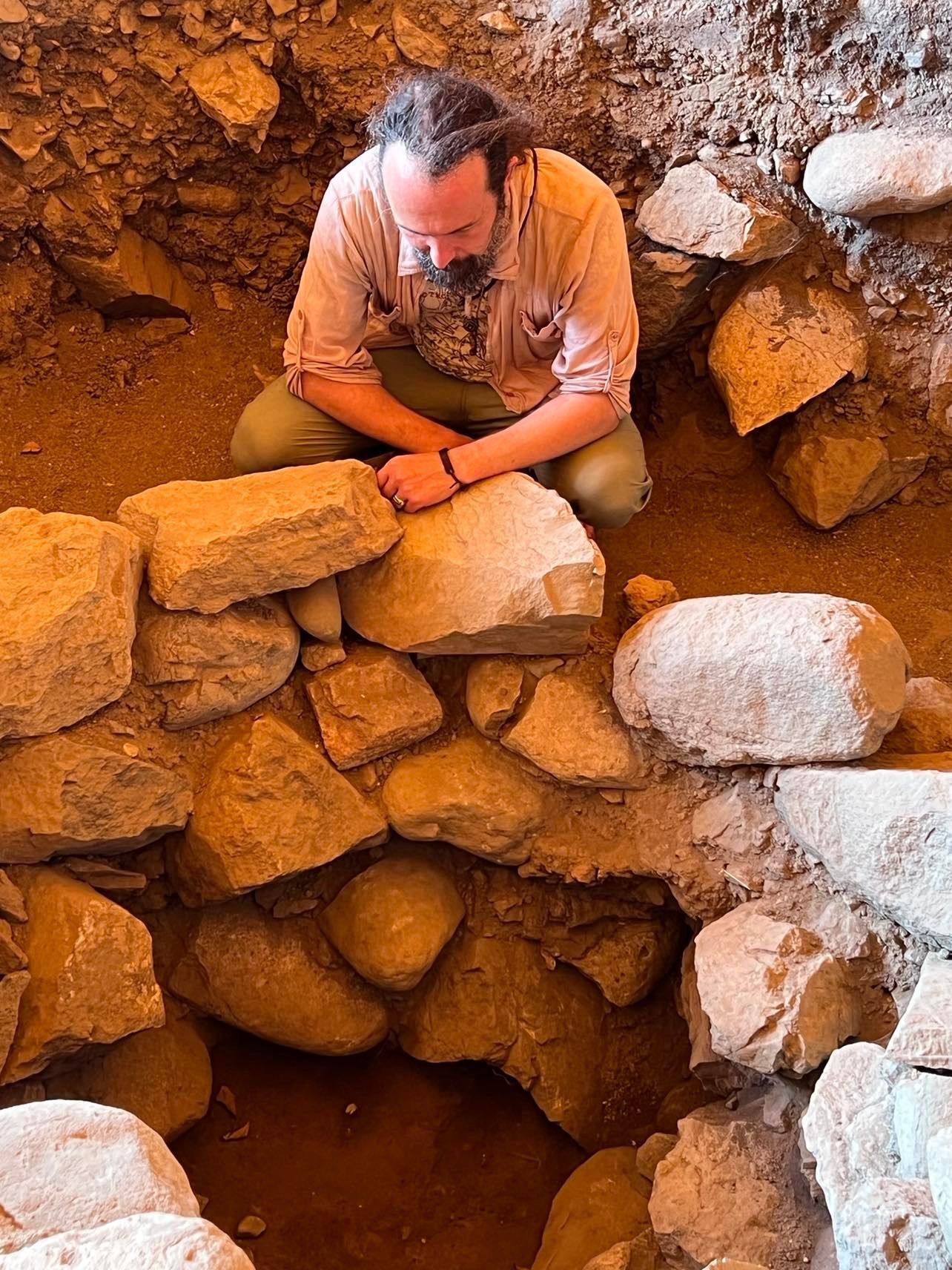New Discoveries in Cacao Archaeology — History is Being Rewritten!
Our recent re-location and exploration, in Northern Peru, has opened up a portal from the ancient past to present, in the world of cacao, and how its history is being re-written today.
A Little bit of History
As far back as 1900-1500 BC, 3500 years ago. The discovery of ancient hieroglyphs, ceramics, and texts, reveal that the Mokaya, Olmecs and Maya used cacao for ritual purposes, currency for trade, tributes to elites, weddings, and harvests. The oldest traces of cacao in Mesoamerica were found at the Mokaya site of Paso de la Almada. The Soconusco region of Mexico, Guerrero, Tabasco, Northern and Pacific coast of Guatemala, Rio Azul, Belize, Golf of Honduras are areas of Central America where cacao grew or archaeological evidence was found.
The Origin of Cacao
Recently, through archaeological discoveries in Southern Ecuador and Northern Peru, the origin of the cacao tree is of the Amazon, with research and findings dating 5500 years, making it the oldest cacao found so far in history.
Between the rivers of Chinchipe, Marañon and Utcubamba, several pre-Colombian archaeological sites reveal evidence or are continuing to explore: origins of cacao cultivation, medical and hallucinogenic plants, ethnoarchaeology particularly similar artistic styles to the Awajun people of the Amazon, ceramics, hydraulics, architecture, religion, and anthropology.
Sacred Cacao & Archaeology Today
The sacred archaeological site of Santa Ana La Florida in Palanda Ecuador is of particular interest as archaeologist Dr. Francisco Valdez began extensive research and excavations between 2000-2012 discovering and examining evidence of ceramics, stone bowls, funerary vessels, and evidence of species of theobroma cacao used as a beverage dating 5500 years. The excavation of a spiral archaeological form, and cacao related artifacts, were uncovered from ancient burial tombs set under the center of this spiral. This shows that funerary offerings were honored as sacred, and as a part of a ceremonial offering performed by ancient civilizations, using cacao with reverence.
In 2009, the temple of Montegrande was discovered approximately 6 hours south of Palanda in Jaén Peru. Peruvian archaeologist Quirino Olivera Núñez played a key role in excavations from 2010-2016, unearthing a spiral structure in 2012. At the center of the spiral, ash and fire residue were found, along with funerary placements and ceramics dating over 5300 years. There are extensive similarities between the ancient civilizations that once inhabited the Santa Ana La Florida site in Ecuador, and the civilizations of Montegrande temple in Northern Peru. Cacao is believed to be used at both sites in ceremonial offerings at the burial tombs of well respected deities of that time. Today, there is talk of a tourist circuit opening to both sites, as the history of cacao continues to flourish here in Amazonas Peru.
A Power Spot of Activation
This site is very powerful, especially now as the feminine energy of the planet is activating within each of us, in respect to Mother Earth, Pachamama. Montegrande displays a spiral representing a coiled serpent in it’s womb center, representing the birth portal, and the eternal essence of life that continues after physical death. When you look at what has been excavated so far, there is an entire being present in stone, holding this space of galactic and earthly vortex for us to remember our ancestral wisdom to re-birth and revive the magic and power of our source within, and bring this vital energy out into the world.
On our first visit to Montegrande, not only was it clear that this was to be the portal for our cacao initiation experiences and retreats, also for us to open an educational center, gallery, for cacao and cultural preservation here in Amazonas Peru. A place where people can taste the highest quality cacao, support the communities and farmers, and learn about the fascinating archaeological discoveries in Northern Peru.
Aynua Amazonas & Our Vision
At Aynua Amazonas, we have been on over a decade long, and now life long exploration of ceremonial cacao and its incredible health and medicinal benefits, the connection to the human heart and humanity as a whole, and how people of Peru and Ecuador, particularly the Awajun in Northern Peru, care for this sacred tree through agricultural initiatives and preservation.
We are truly blessed to live in Amazonas region with the pleasure to visit Montegrande temple and meet with members of the present excavation team. Starting in 2023, we plan on taking participants in our upcoming Cacao Ceremony Initiation retreats to experience this sacred temple first hand.
Blessings from Northern Peru.
Diana Deer Hawk






